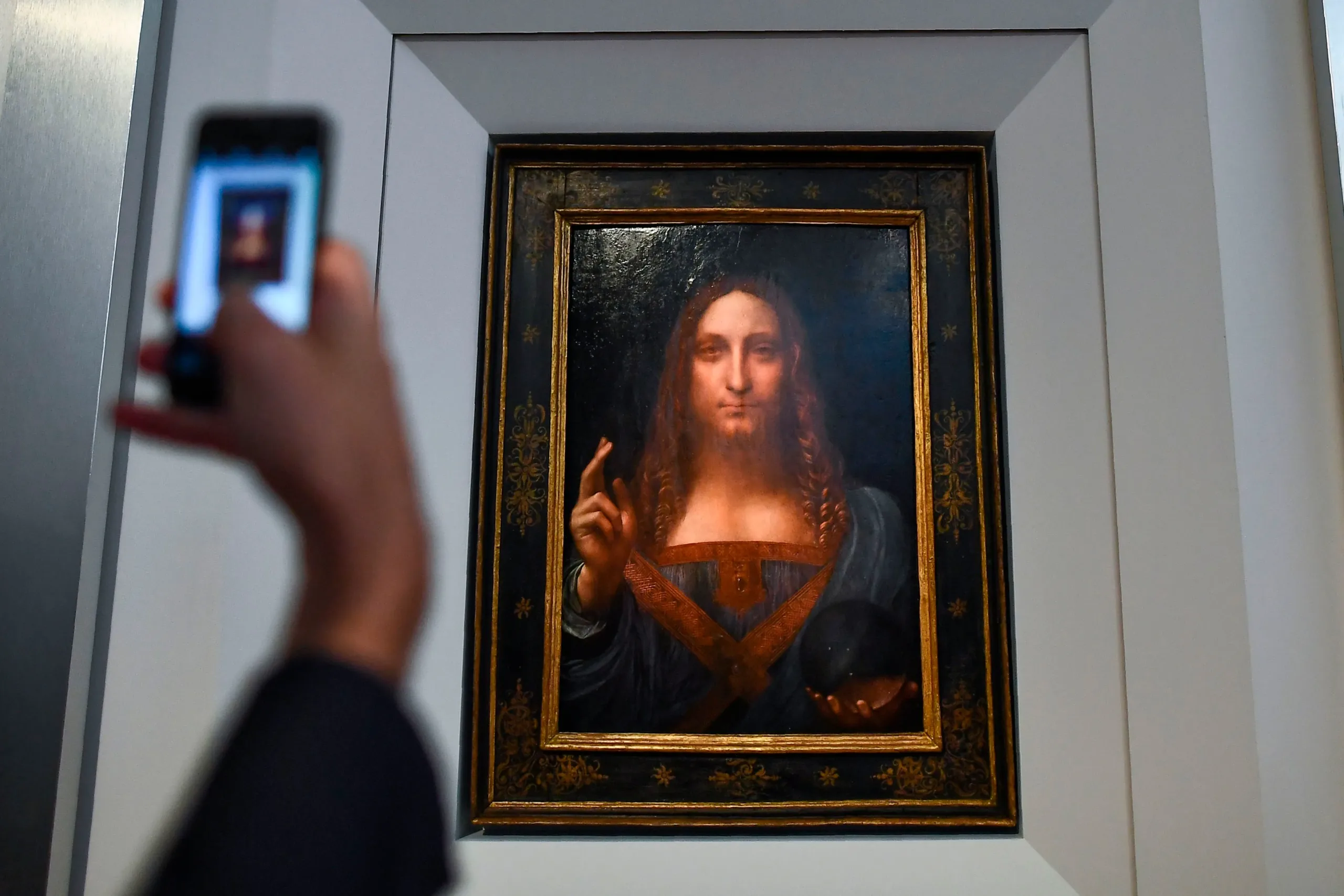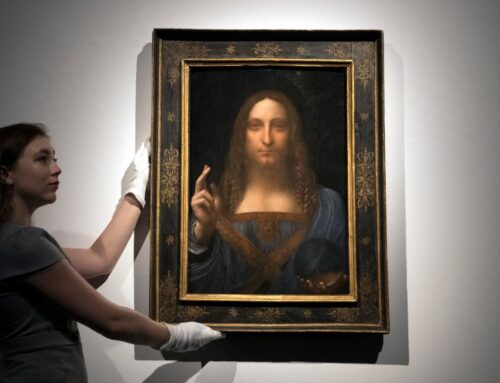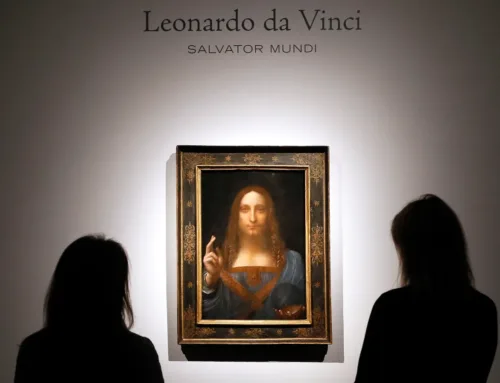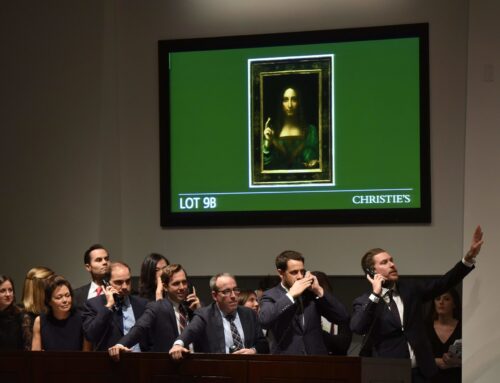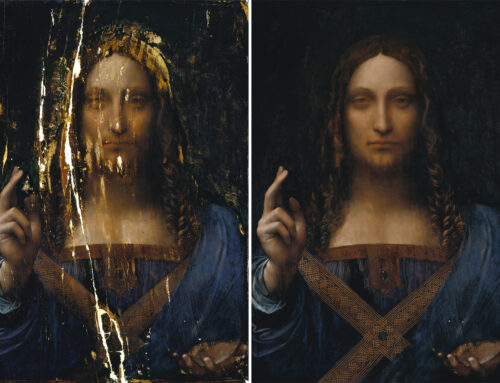Significance in Art History
“Salvator Mundi” holds a significant place in the broader context of Renaissance art and within Leonardo da Vinci’s oeuvre. The painting exemplifies Leonardo’s mastery of the sfumato technique, where soft transitions between light and shadow create a lifelike, three-dimensional effect. This approach not only highlights Leonardo’s scientific understanding of light and optics but also his ability to imbue his subjects with a profound sense of presence and spirituality. In the context of Renaissance art, “Salvator Mundi” reflects the period’s emphasis on humanism and the exploration of divine and human realms. As one of the few surviving works attributed to Leonardo, it provides crucial insights into his artistic methods and thematic concerns, reinforcing his status as a towering figure in art history.
Impact on Modern Art Market
The sale of “Salvator Mundi” in 2017 for $450.3 million at Christie’s in New York profoundly impacted perceptions of value and investment in the art market. This record-breaking price underscored the increasing financialization of art, where artworks are viewed not only as cultural treasures but also as investment assets. The sale highlighted the willingness of collectors to pay unprecedented sums for works attributed to iconic artists like Leonardo da Vinci, reflecting a blend of historical significance, rarity, and the prestige associated with owning such masterpieces. It also intensified the conversation about the role of provenance, authenticity, and restoration in determining the value of artworks.
Influence on Art Collecting and Investment
The extraordinary price achieved by “Salvator Mundi” has influenced both private collectors and public institutions, encouraging a more competitive and aggressive approach to acquiring significant works of art. This shift has led to increased scrutiny of provenance and authenticity, as buyers seek to ensure that their investments are secure. Moreover, the sale has sparked discussions about the ethical considerations of such high valuations, including the potential for art to be used as a means of storing wealth and the implications for cultural heritage and accessibility.
Public and Scholarly Discourse
The sale and subsequent debates around “Salvator Mundi” have also contributed to a broader public and scholarly discourse about the nature of art and its place in contemporary society. Questions about the painting’s authenticity and the extensive restoration it underwent have fueled discussions about the integrity of historical artworks and the responsibilities of conservators and curators. These debates have underscored the importance of transparency and rigorous scholarship in the art world, highlighting the need for ongoing research and dialogue to navigate the complexities of art attribution and conservation.
Legacy and Future Perspectives
Ultimately, the cultural and historical impact of “Salvator Mundi” extends beyond its immediate financial success. The painting has become a symbol of the enduring fascination with Leonardo da Vinci and the timeless appeal of Renaissance art. Its journey from obscurity to one of the most valuable artworks in history underscores the dynamic interplay between art, history, and commerce. As scholars and art lovers continue to explore its mysteries, “Salvator Mundi” will undoubtedly remain a pivotal subject in discussions about the legacy of Leonardo da Vinci and the evolving landscape of the art market.

